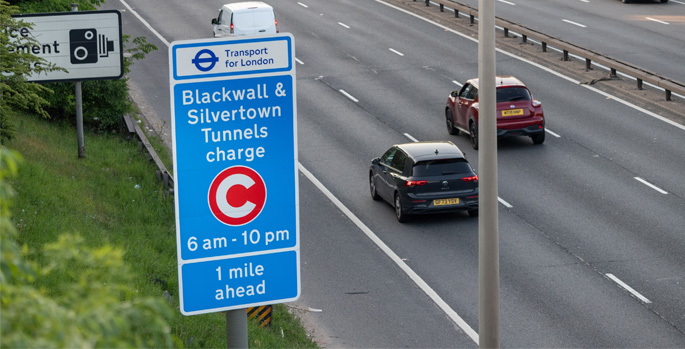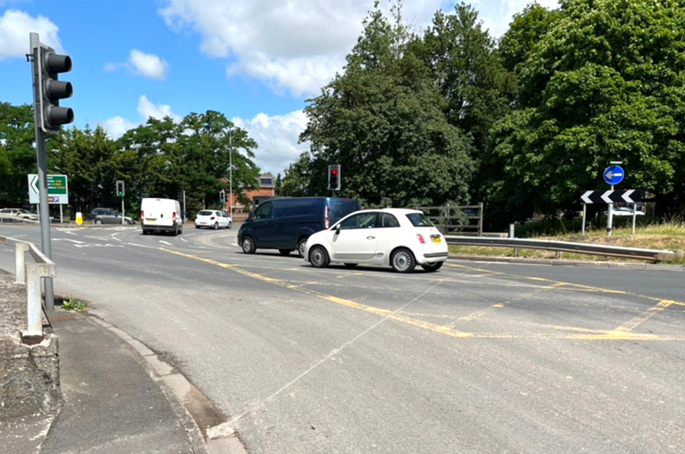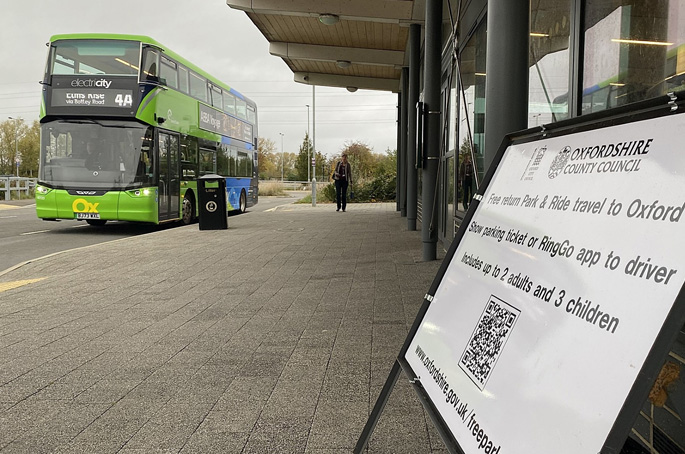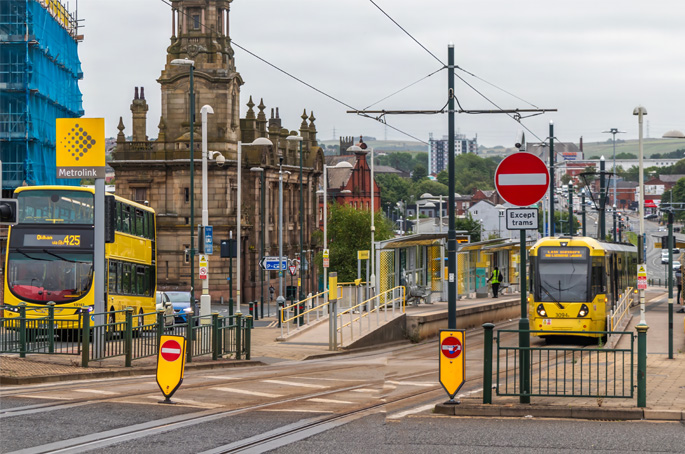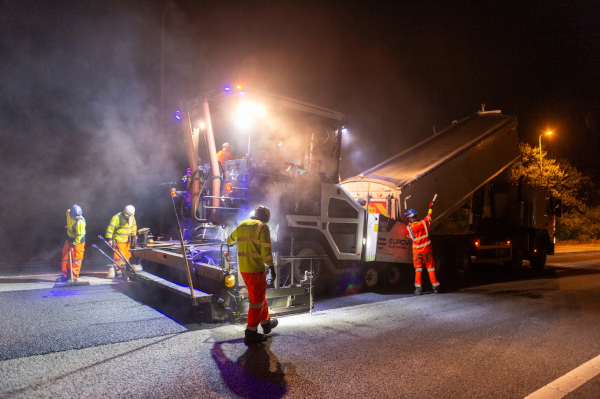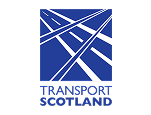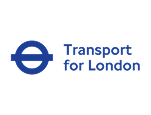Daily traffic volumes for both the newly opened Silvertown and Blackwall tunnels are 7.6% lower than in the same period last year for just the Blackwall tunnel, Highways can reveal.
Both Silvertown and Blackwall tunnels were subject to tolls from April - when Silvertown opened - costing from £1.50 up to £4 in peak times to drive a car through. The Blackwall tunnel, which links the A2 in south London with the A12 in east London, has been free to use since opening in 1897.
A recent report on the first three months since the Silvertown Tunnel opened in April of this year, Transport for London (TfL) states that an average of 91,000 vehicles per day were using both the new route and the Blackwall Tunnel.
When approached by Highways, TfL stated that the average number of vehicles per day using the Blackwall Tunnel was 98,501 in Q1 of 2024, indicating that both tunnels are seeing 7,501 (7.6%) fewer vehicles per day than Blackwall did on its own when free.
Data provided in the report also stated that the number of vehicles using the Blackwall Tunnel specifically averaged 69,000 per day during the first three months of the new tunnel opening, meaning that the new route has helped reduce usage of the Victorian tunnel by 29% (29,506).
Of the two tunnels, the Blackwall Tunnel still sees the lion's share of use. In the first three months, the Silvertown Tunnel only saw 24% (22,000) of the 91,000 vehicles using both tunnels in either direction during an average day.
The report highlights that, compared to ‘months prior', there has been a 70% reduction in journey times on the Northbound A102 approach to both the Blackwall and Silvertown tunnels during peak morning hours.
TfL argues that both traffic levels and journey times on both approaches to the tunnels have remained ‘stable'. This suggests that, on average, journeys remain so far largely unchanged by the introduction of the new £2.2bn tunnel.
TfL also found that there has been a 39% reduction in unplanned closures to the Blackwall Tunnel, of which there were 981 in 2024. The report suggests this reduction is likely due to over-height vehicles now being able to use the Silvertown Tunnel, which was built to accommodate larger vehicles.
Shuttle cycles down
The report also details the use of the hotly debated cycle shuttle service, showing that the shuttles are currently operating under capacity with roughly 125-130 cyclists being transported across the river each day.
Since its opening, use of the shuttle service has also been declining gradually. During the week starting 7 April, the highest number of cyclists travelling across the river per day on this shuttle peaked at 299, but a week later this was down to 181. The week starting 12 May showed a further dip, with numbers topping out at 139, with an additional drop to 131 during the week starting 9 June.
Hop on the bus
One area that has seen large improvements is bus journeys made across the river. The Victorian-era Blackwall tunnel was not built to accommodate tall vehicles, meaning that bus services were limited at the crossing due to the inability to use double-decker vehicles.
However, the construction of the Silvertown Tunnel has meant that there has been a 160% increase in bus journeys on the 108, 129, and SL4 routes. TfL has reported over 20,000 daily journeys made on these routes and estimates that 7,000 of those are crossing the river.
The report also notes a reduction in journey times by 4.5 minutes on the 108 when travelling through the tunnel.
The full report is available here.
Image credit: mikecphoto / Shutterstock.com

